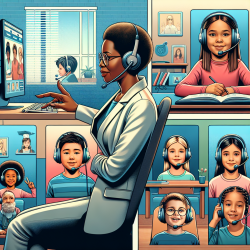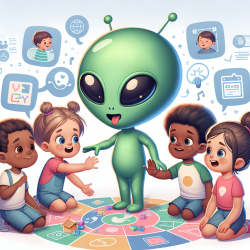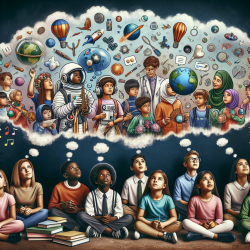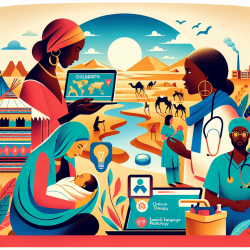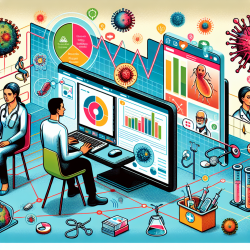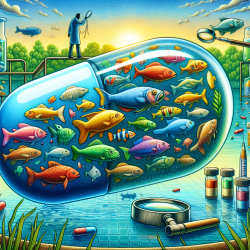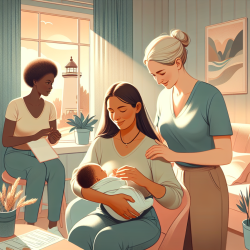Unlocking the Microbial World: A New Approach to Children's Education
In the quest to enhance educational outcomes for children, a fascinating area of study has emerged: microbiology. While often overlooked due to their invisibility, microbes play an essential role in our lives and the environment. The recent research article, Visualizing the Invisible: Class Excursions to Ignite Children’s Enthusiasm for Microbes, highlights the importance of integrating microbiology into school curricula through interactive class excursions.
The Case for Microbiology Literacy
Microbes are omnipresent, influencing health, ecosystems, and even climate change. Yet, their positive contributions are often overshadowed by their association with disease. To counter this, the research advocates for a shift in educational strategies to make microbes visible and relatable to children.
Data from the research indicates that when children are exposed to microbes in engaging ways, such as through class excursions, they develop a deeper understanding and appreciation for these microscopic organisms. This not only enhances their scientific literacy but also fosters critical thinking skills necessary for informed decision-making in adulthood.
Implementing Microbiology Excursions
To bring microbes to life, the research suggests incorporating microbiology-centric excursions into the school curriculum. Here are some actionable steps for practitioners:
- Food and Agriculture: Visits to local farms or markets can illustrate the role of microbes in food production and preservation.
- Health and Medicine: Excursions to hospitals or health facilities can demonstrate how microbes are both beneficial and harmful, providing a balanced view of their impact on health.
- Environmental Science: Trips to wastewater treatment plants or natural water bodies can show microbial processes in action, emphasizing their role in ecosystem health.
- Biotechnology: Engaging with local research institutions can inspire students by showcasing cutting-edge microbial research and its applications.
Benefits Beyond the Classroom
These excursions not only benefit students but also engage families and communities. By making microbes tangible and relatable, children can share their newfound knowledge with others, spreading awareness and appreciation for the microbial world.
Moreover, these activities align with TinyEYE's mission of providing innovative educational solutions. As a provider of online therapy services to schools, TinyEYE can leverage these findings to enhance virtual learning experiences, incorporating interactive elements that mimic real-world excursions.
Encouraging Further Research and Support
For practitioners looking to improve their skills, this research provides a foundation for further exploration into microbiology education. By collaborating with microbiologists and local organizations, educators can develop comprehensive programs that integrate these excursions into existing curricula.
Furthermore, policymakers and educational leaders are urged to support these initiatives by providing the necessary resources and flexibility for schools to implement such programs effectively.
To read the original research paper, please follow this link: Visualizing the invisible: class excursions to ignite children’s enthusiasm for microbes.



